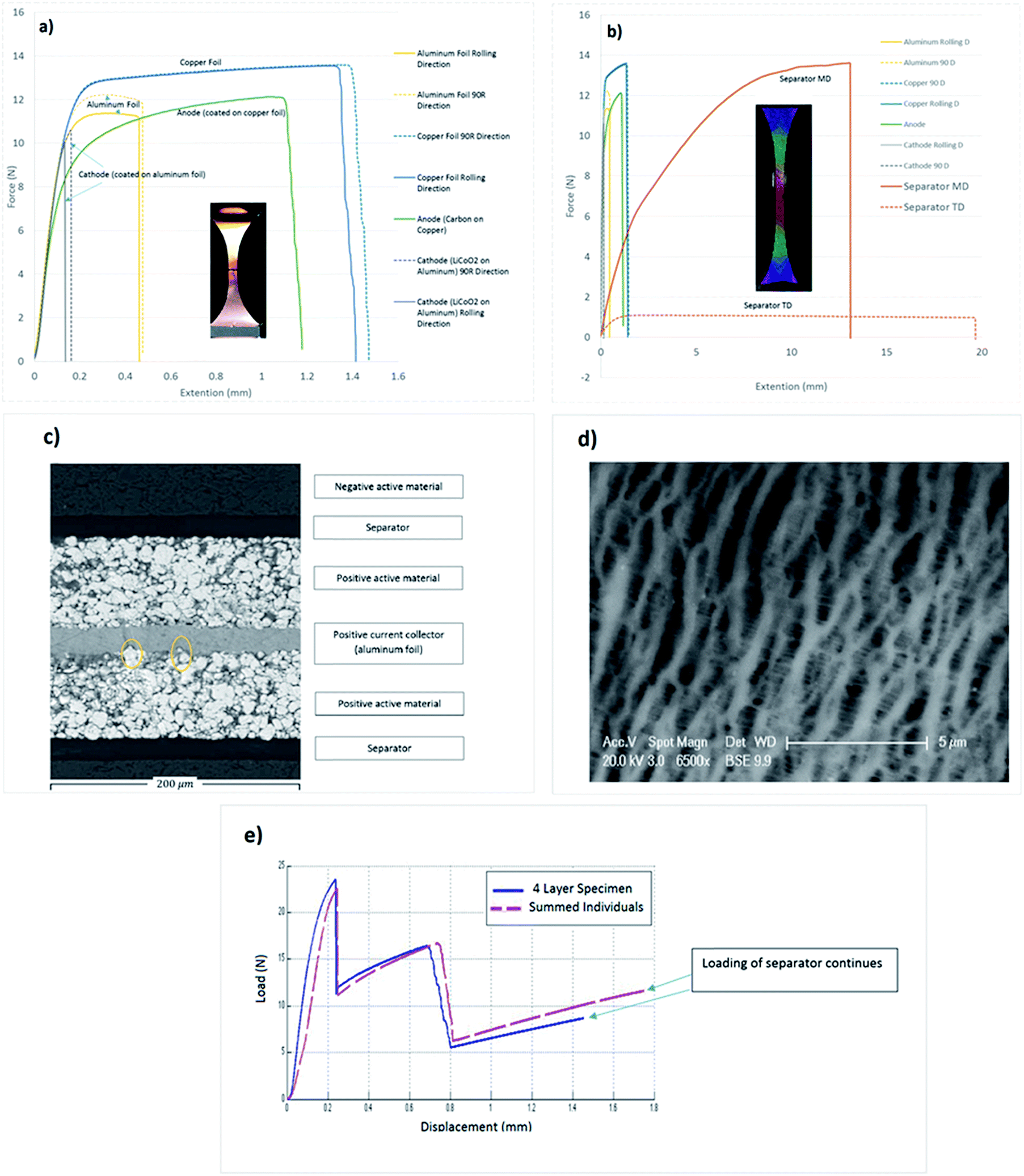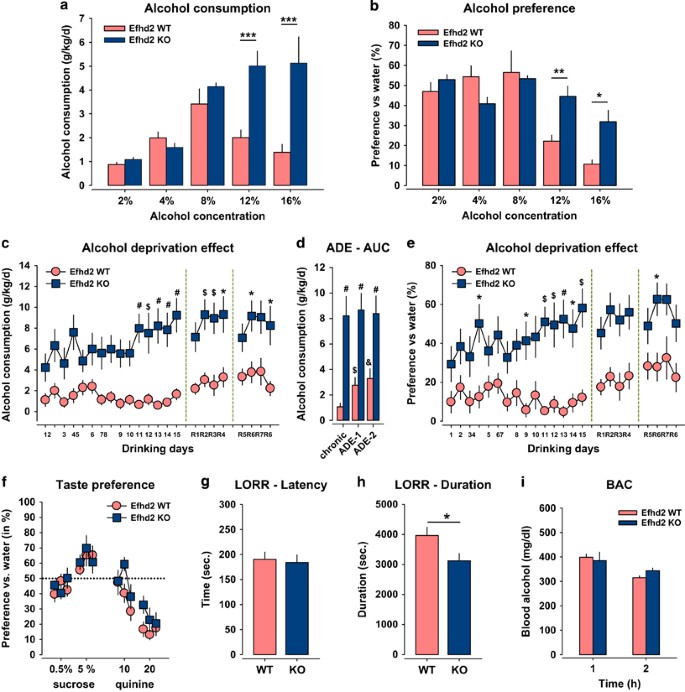

However, when small FOV sizes are used, all the surrounding structures outside of the FOV but still between the source of X-rays and the image receptor (so-called exomass) have shown to generate image artefacts 12, 13, which can be exacerbated in the presence of highly attenuating materials 13, 14. The reduction of the FOV size has shown to be an efficient strategy for radiation dose optimisation due to the reduction of the effective dose without compromising the image quality and diagnostic accuracy 9, 10, 11. Technically, the reduction of these parameters decreases the X-radiation dose however, the definition of an ideal optimised protocol is challenging because it must also balance the diagnostic task, individual risks of the patient, and inherent aspects of the CBCT unit 4, 5.

Numerous factors affecting the radiation dose in cone beam computed tomography (CBCT) scan can also influence the final image quality such as the field-of-view (FOV) size, exposure angle, number of collected basis images, exposure time and tube current (milliamperage, mA) 6, 7, 8. Recently, this concept has been revisited in the scientific community due to the increased application of computed tomography, which presents relatively higher X-ray dose than two-dimensional techniques 5. When it comes to Radiology, radiation dose optimisation is a protection principle which assures that the X-ray dose delivered to the patient is as low as diagnostically acceptable being indication-oriented and patient specific (ALADAIP) 1, 2, 3, 4. Optimisation is the process of making use of a resource as effectively as possible. In conclusion, optimised dose protocols should be considered in the detection of simulated VRF irrespective of the occurrence of artefacts from metallic materials in the exomass and/or inside the FOV. Overall, AUC, sensitivity, and specificity did not differ significantly (p > 0.05) between the dose protocols. Area under the ROC curve (AUC), sensitivity, and specificity were calculated and compared using ANOVA (α = 0.05). Five radiologists evaluated the images and indicated the presence of VRF using a 5-point scale.
All teeth were individually placed in a human mandible covered with a soft tissue equivalent material, metallic materials were placed at different dispositions in the exomass and/or endomass, and CBCT scans were obtained at two dose protocols: standard and optimised. Twenty teeth were endodontically instrumented and VRF was induced in half of them. The aim of this study was to evaluate the diagnostic accuracy of an optimised CBCT protocol in the detection of simulated vertical root fracture (VRF) in the presence of metal in the exomass and/or inside the FOV. Although the reduction of the field-of-view (FOV) size has shown to be an effective strategy, this indirectly increases the negative effect from the exomass. Dose optimisation has been revisited in the literature due to the frequent use of cone beam computed tomography (CBCT).


 0 kommentar(er)
0 kommentar(er)
